Table of Contents
Gandhi-Irwin Pact: March 5, 1931
Background:
During the course of the Civil Disobedience Movement, the Simon Commission Report had been published, and to consider its recommendation the First Round Table Conference was summoned in London, in November 1930. The Congress boycotted the Conference, but other parties such as the Liberals, the Muslim League, the Hindu Mahasabha, and the Princely States attended it. The absence of the Congress, however, rendered the conference pointless. Some of the Liberal leaders like Tej Bahadur Sapru, V.S.Sastri, and M.R.Jayakar, on their return from the Conference, appealed to Mahatma Gandhi to seek an interview with the Viceroy. To create appropriate conditions for talks between the Viceroy and the Congress leaders, other Congress leaders were released and Viceroy Lord Irwin invited the Congress for talks. The Congress authorized Gandhiji to negotiate a settlement with the Viceroy. After prolonged Gandhi-Irwin talks an agreement, known as the Gandhi-Irwin Pact, was signed between the two on March 5, 1931.
The highlights of this agreement were:
- Release of prisoners arrested for participating in the civil disobedience movement.
- The remission of all fines not yet collected.
- The return of Confiscated lands not yet sold to third parties.
- Lenient treatment for those government employees who had resigned.
- Removal of the tax on salt, which allowed the Indians to produce, trade, and sell salt legally and for their own private use.
- Right to peaceful and non-aggressive picketing.
- The Congress, on its part, agreed to discontinue the Civil Disobedience Movement.
Things that were not accepted by British as a part of Gandhi Irwin pact-
- Congress’s demand for a public inquiry into police excesses was not accepted.
- Commutation of sentences of Bhagat Singh and his comrades.
By this Gandhi-Irwin Pact, Gandhiji consented to participate in a Second Round Table Conference in London and the government agreed to release the political prisoners. The pact was criticized by radicals for not
extracting definite gains from the government and compromising on the demand of Swaraj by agreeing to participate in the Second Round Table Conference. Gandhiji was perhaps aware that mass movements are
essentially short-lived and he tried to leverage the situation by extracting some gains from the British government.
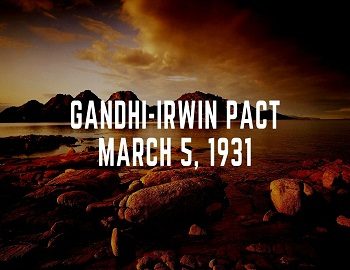
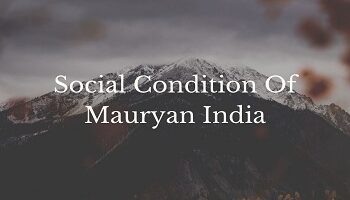

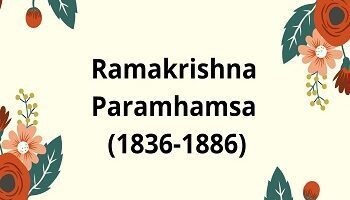

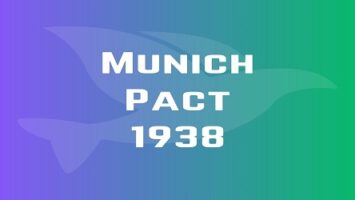

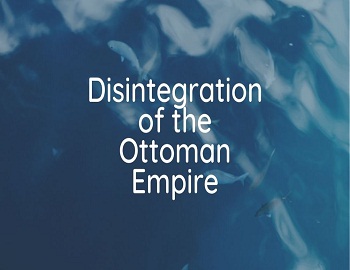

Comments (No)